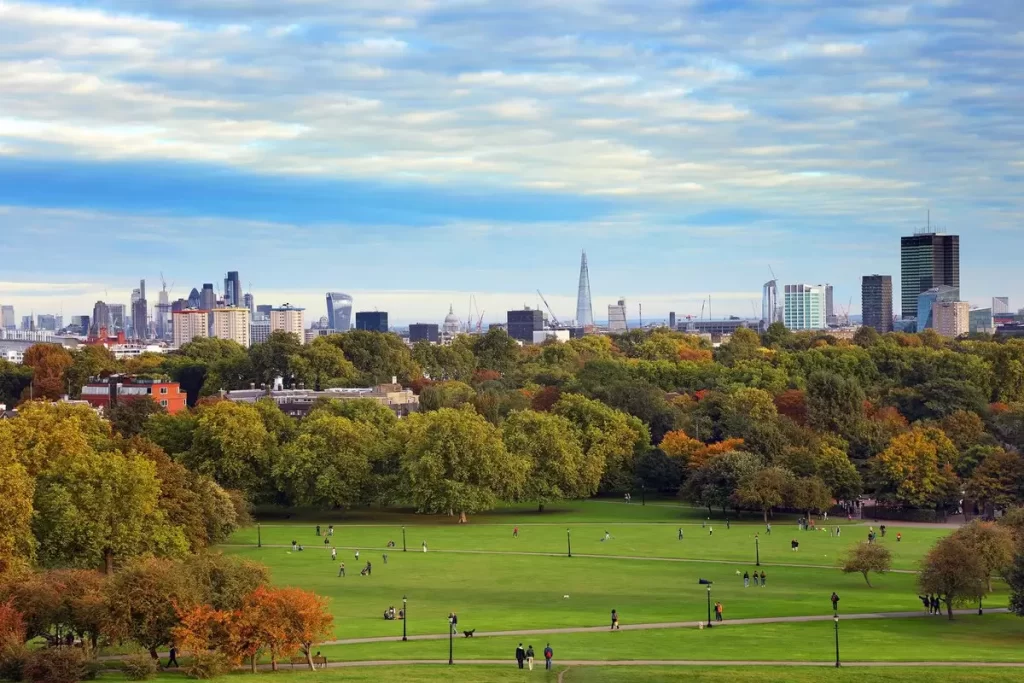Primrose Hill, a beautiful and highly desirable corner of North London, hasn’t always been the charming neighbourhood we know it as today. Like most of our city, its history belies the quaint and quirky neighbourhood shops and eateries dotted around the area. In fact, it stretches back well into previous millennia.

Despite its almost too-ideal location, with iconic 360-degree views across town, the eponymous hill existed long before there was even a city to gaze upon. This is no Marble Arch Mound (remember that?) – nature already had it covered. In fact, prior to human development, this hill was covered with a dense forest, featuring wild wolves, oxen, boars, and deer. The foxes of today don’t seem so bad in comparison!
After the reign of King Henry III, the forest was cleared and the hill became a meadow – somewhat resembling its current form. Until 1840, the only significant development in the area was in neighbouring Kentish Town, an existing village which had been swallowed up by London’s ever-increasing sprawl. After landowner Lord Southampton put his fields up for sale, today’s neighbourhood of Primrose Hill began to rise from the meadow.
Initially, the Victorian developers constructed villa-style residences on the plots furthest from the railway (which arrived in the area in 1837) – these can still be seen today. However, the increasing demand for housing in London led to denser terraces appearing in the following 20 years, which are instantly recognisable along the iconic Regent’s Park Road. Some things never change!

From the outset, mews streets were tucked between rows of houses. These harboured small businesses, workshops and stables – a trait which is still reflected in the unique mixed-use character of the community today.
By 1877, the area looked much like it does today, with development completed on the last available land plots. Throughout the 20th and 21st centuries, the area became renowned for its highly desirable properties and artisanal workshops, which later shifted towards offices and tertiary industries.
Today, the view from Primrose Hill is a nationally protected landmark, with regulations prohibiting developments from obscuring the dome of St Paul’s Cathedral. It’s a good thing too, as crowds flock there every summer to bask in the iconic view.
If you fancy immersing yourself in this historical slice of London, you can stay in our beautiful parkside apartment in Regent’s Park Road. Just a stone’s throw from Primrose Hill, and nestled amongst charming local pubs and cafes, it’s the ideal place to both explore and unwind in this stunning and low-key neighbourhood.
Visit stayandescape.com/for-guests for more information.
